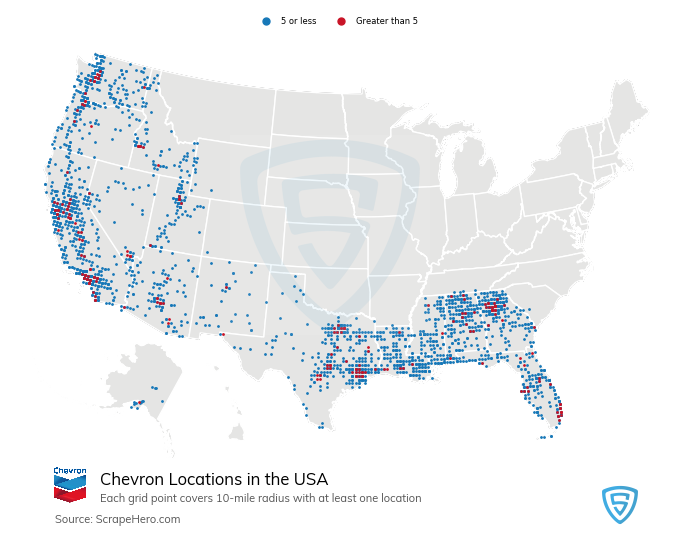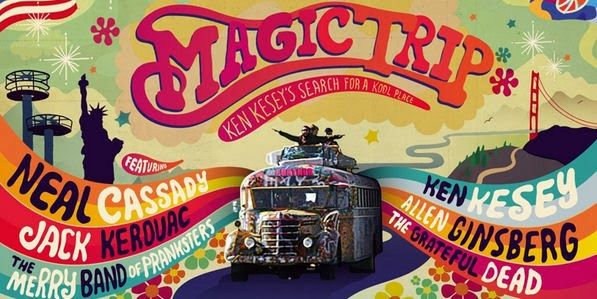Now, that we’ve had a little introduction to linear programming, I think the most useful thing to do before proceeding into more complex areas is to give you a walk-through of my own experiences with optimization. My first real introduction came in Oregon (no not on that one), but to get to Oregon we have to go through California, and the first time I had heard of the DARQ Art of optimization.
Optimization before High School
The first time that most people first hear about optimization is usually at university, but my childhood was not what you’d call “normal.” The first time I heard about optimization I was just a kid and it sounded scary, kind of how parents talk to kids warning them about matches, or more so, it was something they wouldn’t talk about like pornography. Of course, that just piqued my interest. My dad wouldn’t explain anything other than it involved a lot of math and computers, so curious as I was, I got a chair and reached up to the highest shelf of our library where my dad’s technical documents like his dissertation were stored. I opened it up and it just made things more mysterious because I couldn’t understand it—it was literally all Greek to me. All I could tell is that it was about the placement of gas stations, he was using Santa Clara (Silicon Valley) as an example and he used big computers to do his work. After that, I never looked at gas stations the same, but probably the most important thing that taught me is that a lot of math underlies a lot of things that looked pretty normal in everyday life, like where we find gas stations.

It’s worth mentioning at this point that the first commercial application of optimization was in the petroleum industry and it had such a big impact that the oil companies then used “mathematical programming” for pretty much everything including exploration, oil refining, marketing, and even things like locating gas stations. It turns out my dad’s dissertation at Berkeley was one of the models that helped this and my dad set up a neat little consulting business on the side when he was a professor telling people where to put billboards and other signs to direct people to the gas stations. It worked very well because he knew pretty much where the oil companies were going to locate gas stations and related to this he knew when to tell people about the gas stations to get an “optimal” number of them using the gas station.
This idea that “optimization” was under the surface of what so many of us take for granted drove me to start playing around with the computers that we fortunately had around our home. Again, we weren’t supposed to touch the computers, but I would sneak in and turn them on when I got a chance. The first computer that really made a big impact on me was my dad’s HP-85, but I couldn’t find anything about optimization, just a lot of statistics which I picked up pretty quickly. The next time I ventured into looking into optimization in a serious way was when I was 14 and living near my grandfather in Ventura Country and had gotten a job offer to work for the U.S. Navy (when they found out I was only 14 they had to withdraw the offer because there was a base age minimum of 16). Again, I was a bit overwhelmed, but I just pushed through it. I don’t mention this for any other reason that I tell my students that they should be a bit easy on themselves the first time they hear of optimization because it takes a lot of getting used to just hearing the terminology, which doesn’t come naturally for anyone.
Optimization in High School
My performance in the California State Science Fair (that got me my job offer from the Navy) led to my early release from house arrest and probation and allowed my family to pick up sticks and move to Oregon. My dad by this time had become a well-known environmental activist showing up on shows like 60 Minutes and having two PBS documentaries made about him and his fight and Portland was the mecca for such activity even back in the 1980s. For me what was more important was what was going on in the Portland tech scene, with Portland also being a mecca of certain mathematical programming research directed by MIT and centered around Intel and HP, in what people were calling the “Silicon Forest.”
My California Science Fair performance led to another offer to be a programmer on a massive NIH genetics project at Oregon Health Sciences University (OHSU is now renamed Oregon Health & Sciences University), but it came with the condition that I leave high school, enroll at Portland State and begin pursuing my Ph.D. early with concurrent classes at OHSU. My grandfather, who himself had been a young science prodigy and professor at Oregon State (before WWII and the Navy), conveyed his dying wish was that I would have a “normal childhood” and go to high school, so I turned down the offer and enrolled in a little country school in Sherwood, Oregon. Due to my school’s lack of advanced math courses, I soon started taking my math at the main campus of Portland Community College (PCC), and that’s where I got to know the Intel and HP engineers working on amazing mathematical programming problems.
MIT professor and computer pioneer Jay Forrester, famous for his supply chain work, had designated Portland as a place to work on dynamic systems programming and the Portland Community College Sylvania campus became the meeting place where some of the top engineers from Intel in Hillsboro would meet with the top mathematical programmers from HP in Corvallis. It might seem strange, but Oregon was where the best mathematical minds in Silicon Valley were meeting at the time under MIT’s direction. In particular, there was an experimental 4-course sequence in engineering calculus and a 3-course sequence in mathematical economics where they worked together, with the HP guys taking the lead in calculus and the Intel guys taking the lead in economics, dynamic programming, and simulation.

In those Sylvania courses, in addition to higher-level math and mathematical economics, I was introduced to writers like David Brin, William Gibson, and Ken Kesey, and the “authoring” software HyperCard, a Macintosh program that was developed by an engineer on an LSD trip (something that didn’t seem so strange to me after reading Gibson and Kesey). No less than the Wonderful Wizard of Woz, Steve Wozniak, called HyperCard “the best program ever written,” and my professors basically gave me the “keys to the kingdom,” or at least the lab, and I worked for part of my junior year and my entire senior year on exploring what could be done with HyperCard, mathematical programming, and mathematical economics. I guess in that sense one could say my senior year was one long acid trip coding on a Mac at PCC, reading fiction at Powell’s, and physical rehabilitation via powerlifting with NBA legend Kermit Washington (another story). One of the more complex things I tried to do on the Mac was optimization, and I even succeeded in cobbling some stuff together, but suffice it to say after my yearlong acid trip I didn’t share Woz’s enthusiasm for HyperCard or the Mac.

